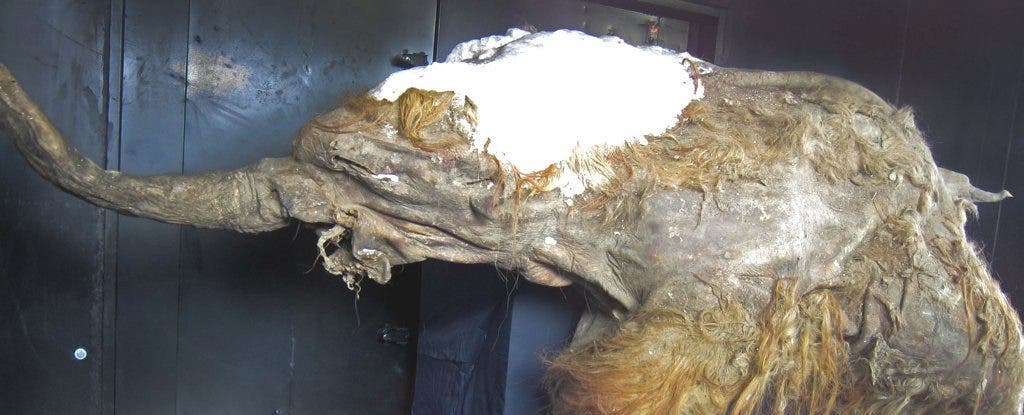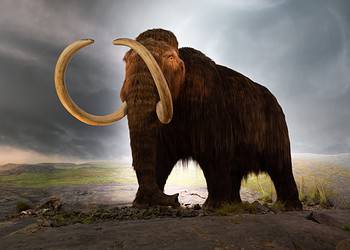“I was so moved when I saw the cells stir,” said 90-year-old study co-author Akira Iritani. “I’d been hoping for this for 20 years.”
Elephants and mice
Her name is Yuka, or at least that’s what we call her. She lived 28,000 years ago in what is today Siberia, before becoming frozen and isolated in the frigid permafrost. But this wasn’t the end of Yuka’s story. In August 2010, the incredibly well-preserved carcass of Yuka was found by researchers working in Siberia — a naturally-preserved mummy.
Now, a team of Japanese and Russian scientists has managed to “reawaken” some of Yuka’s cells by implanting cell nuclei from the mammoth into the egg cells of mice.
“This suggests that, despite the years that have passed, cell activity can still happen and parts of it can be recreated,” genetic engineer Kei Miyamoto from Kindai University told AFP.
In total, 88 bone marrow and muscle tissue samples were collected from 273.5 milligrams of mammoth bone marrow and muscle tissue. Researchers selected the least-damaged ones and injected them into living mouse oocytes (immature egg cells). They then used live-cell imaging techniques to observe how the structures reacted in their new environment and whether or not they still exhibited some signs of life.
Stunningly, they did. There was very faint activity, but it was some cellular activity
nonetheless, including a process called “spindle assembly,” which acts as a molecular safeguard in to ensure faithful chromosome transmission during mitosis. This indicates that “cell nuclei are, at least partially, sustained even in over a 28,000 year period,” researchers write in the paper, which is a remarkable find.

Jurassic Park?
However, this doesn’t mean that scientists will be able to clone mammoths anytime soon. For starters, they weren’t able to stimulate cellular division — a vital process of all living creatures. Technological improvements or harvesting even less damaged samples might be ‘coerced’ to divide, but this is still only speculation at this point.
Another roadblock is that of DNA. The DNA of Yuka was surprisingly well preserved, but it was still not in ideal condition. Much better samples are required to even discuss the possibility of cloning. But Yuka’s DNA might still provide valuable insights into how mammoths were able to survive in such a unique and unforgiving environment.
The study marks a “significant step toward bringing mammoths back from the dead,” researcher Kei Miyamoto, one of the study’s authors told Japan’s Nikkei news outlet. “We want to move our study forward to the stage of cell division,” he said, adding “we still have a long way to go.”
Even without cloning, researchers hope that they will soon be able to use gene-editing technologies like CRISPR to enable modern elephants to survive in different types of environments.
The study was published in Nature.






